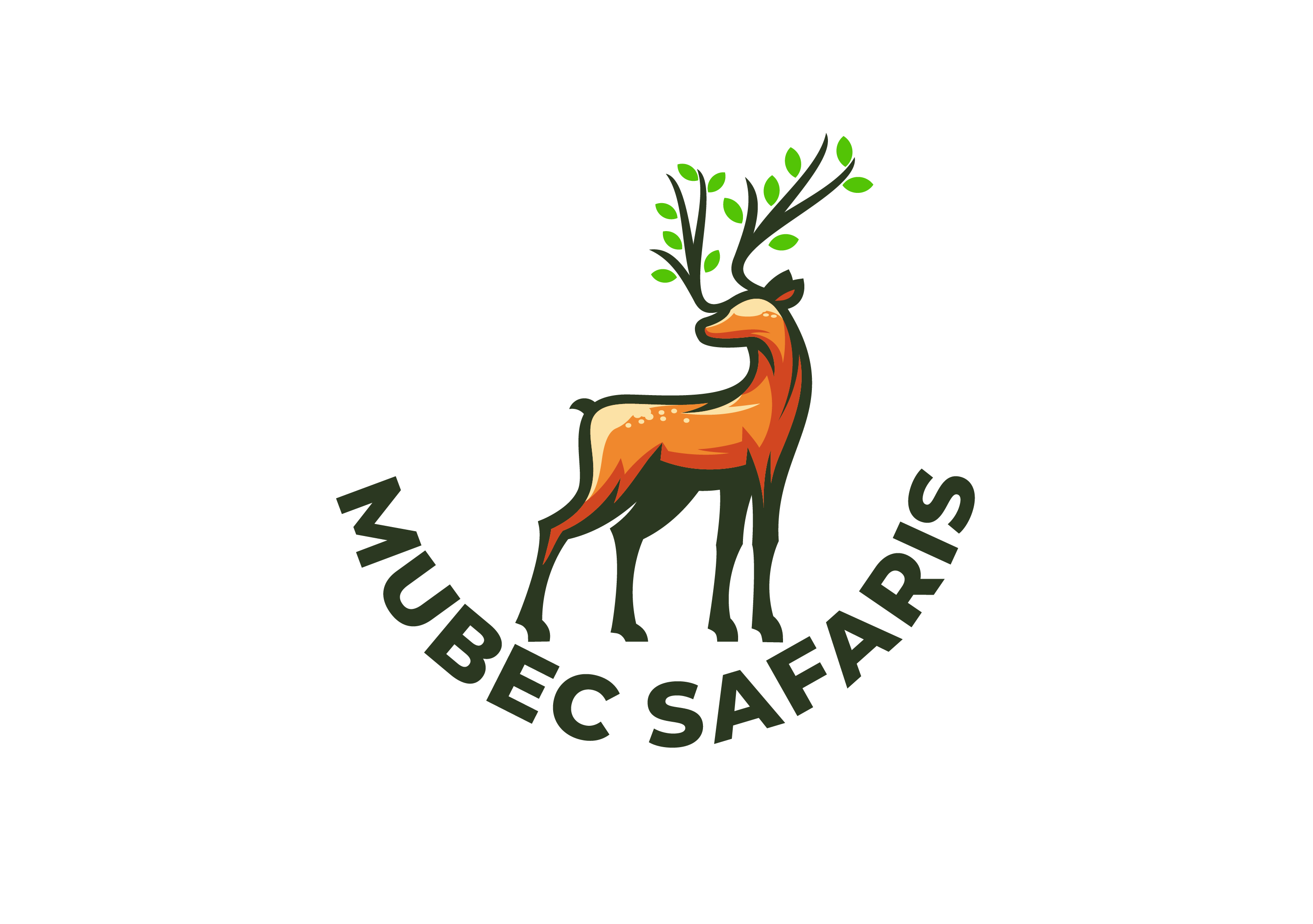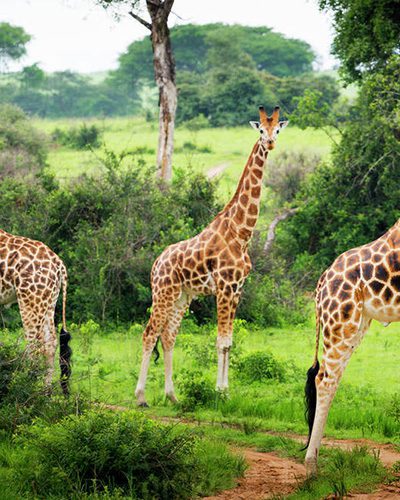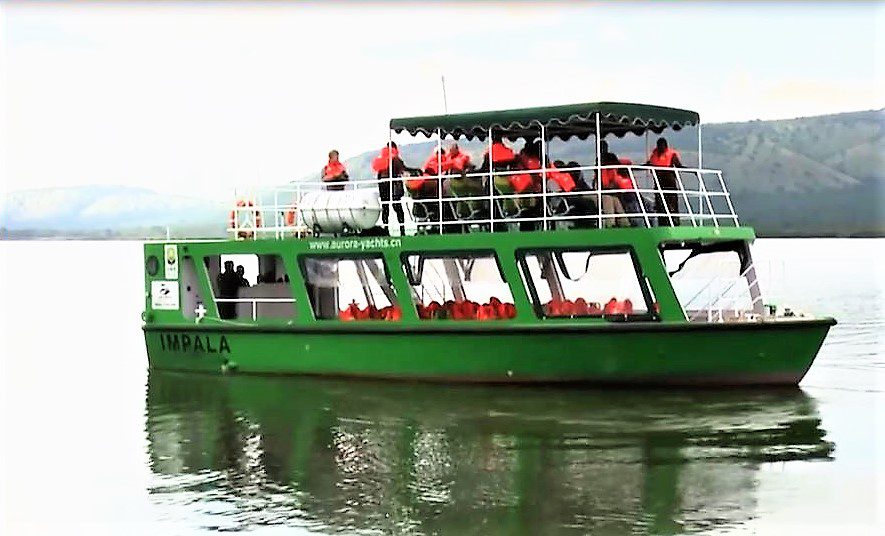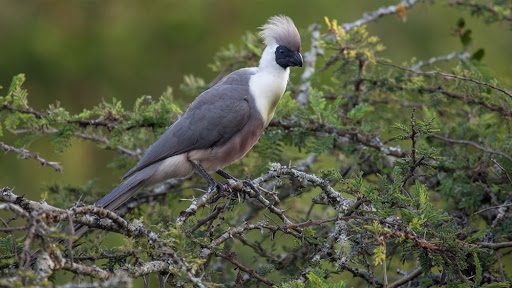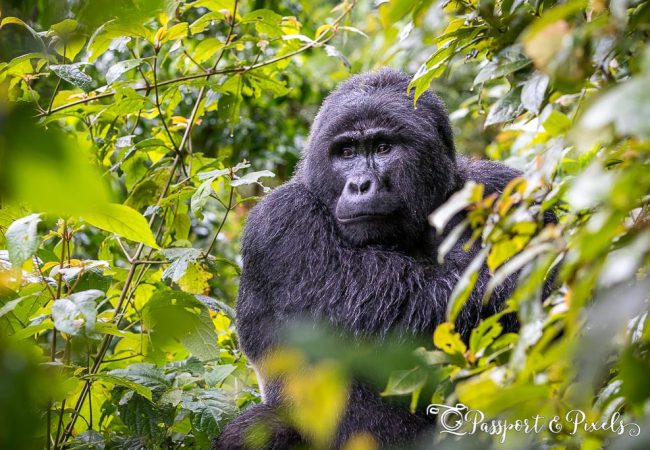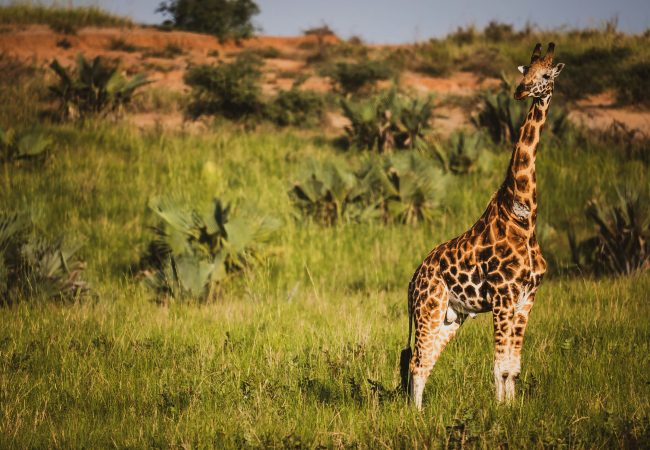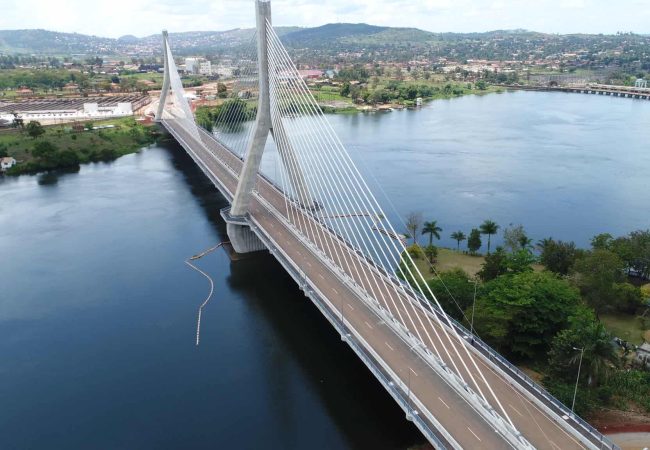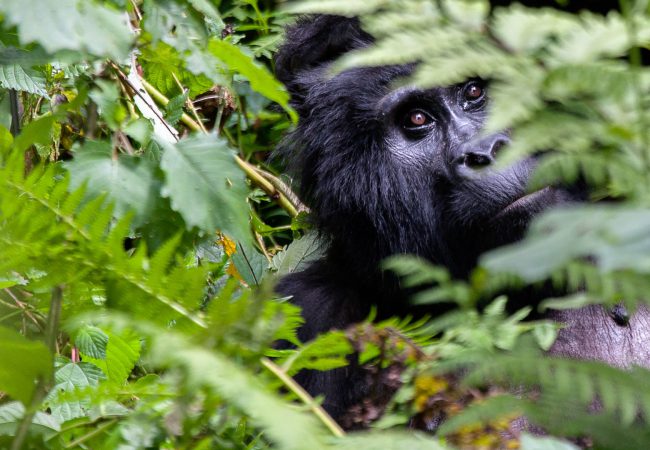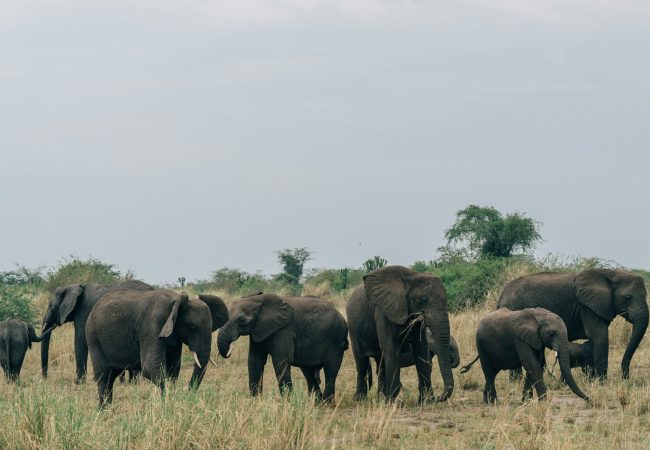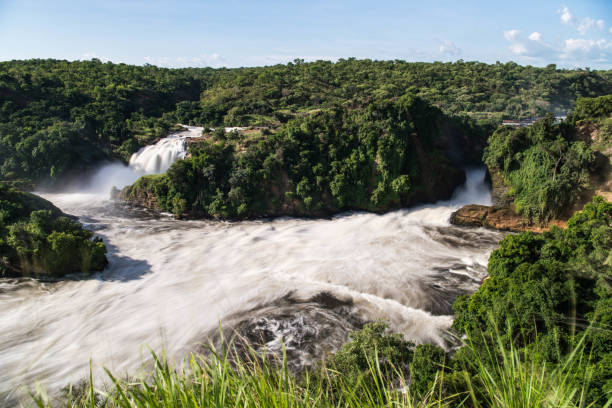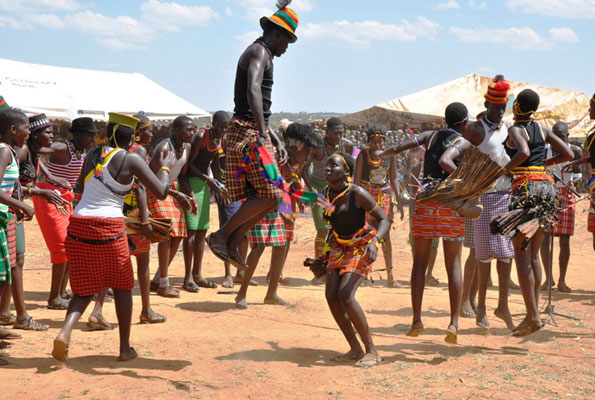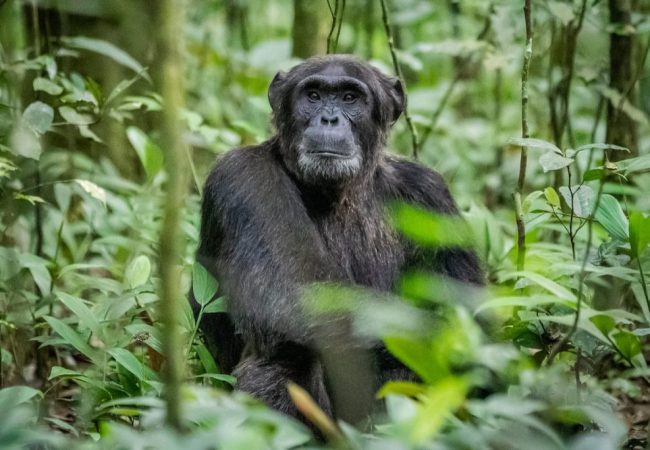Lake Mburo National Park
- Home
- Lake Mburo National Park
Welcome To Lake Mburo National Park
Located basically equidistant between Bwindi Impenetrable Forest and Entebbe, the woodlands, waters and grasslands make for the perfect break in a road journey either to or from the gorillas.
If returning from the gorillas, try to stay a night longer than you initially think necessary; Mburo is the perfect place in which to relax as well as explore.
If you live in Kampala or Entebbe, then Mburo is also a great location for a long weekend getaway.
Although just 260km², Mburo provides a wonderful variety of habitats, with 20% of its surface area made up of lakes and marshland.
Although there are no elephants and only one lion (a lonely visitor from Tanzania), there are impala, Burchell’s zebra, eland, buffalo, leopard and wonderfully diverse birdlife.
The landscapes and wildlife can be explored in game drives, by boat, on horseback and by mountain bike in the continuous ranch lands outside the park. These options make Mburo a very modern safari destination, attractive to visitors with a wide variety of interests.
Like Queen Elizabeth National Park, Mburo was born from the rinderpest and tsetse fly epidemics of the late 19th and early 20th centuries. But unlike Queen Elizabeth, the communities that historically utilised Mburo were displaced, destroying local support for the park.
Happily, the creation of the Mburo Community Conservation Unit in 1991 has helped mitigate past grievances and now ensures that 20% of the income generated by park fees is used to fund local community projects.
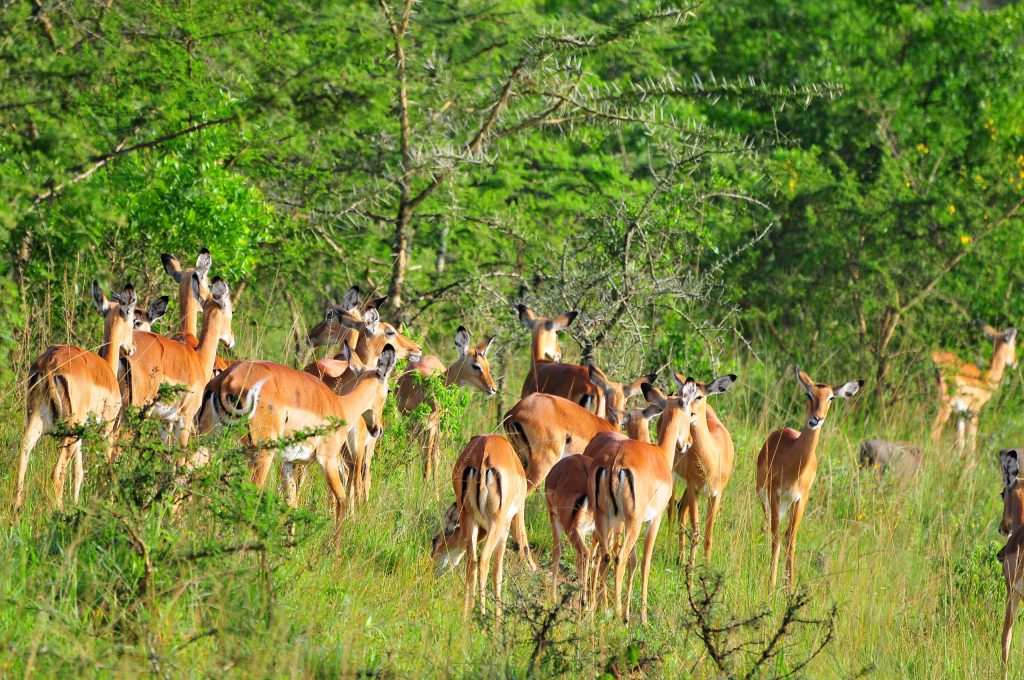
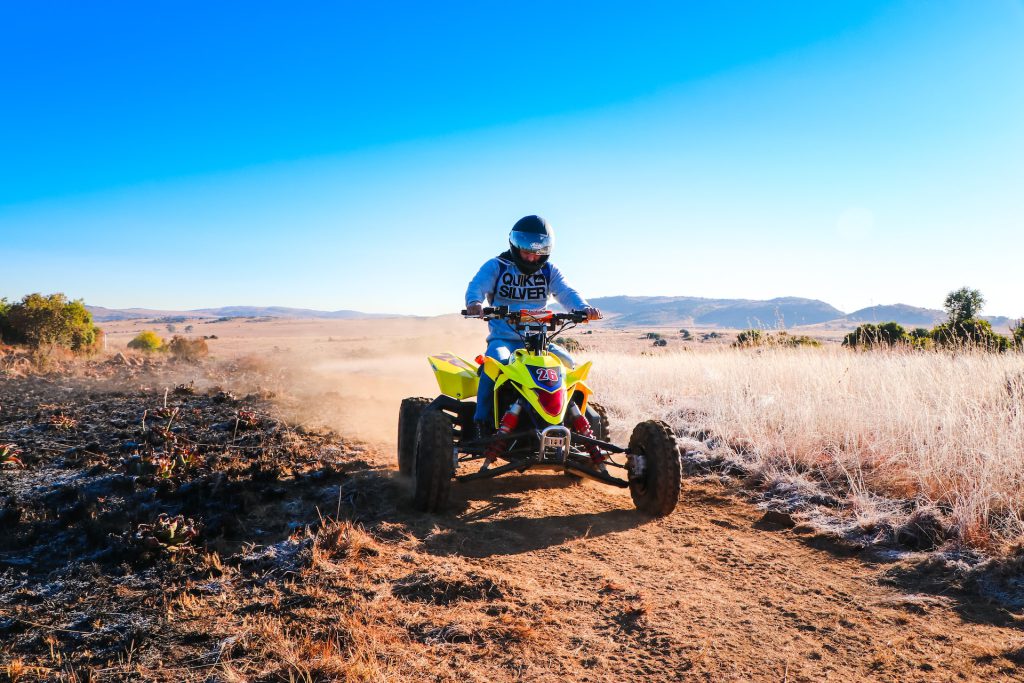
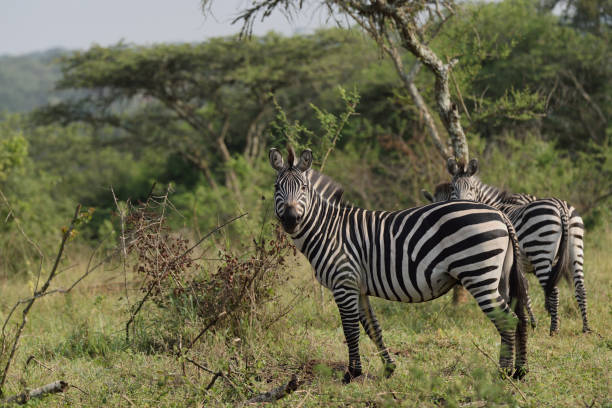

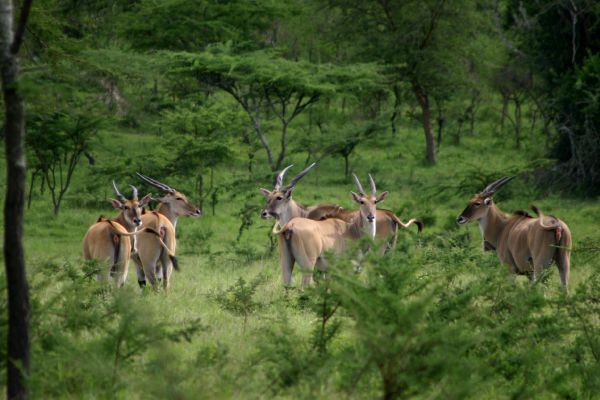
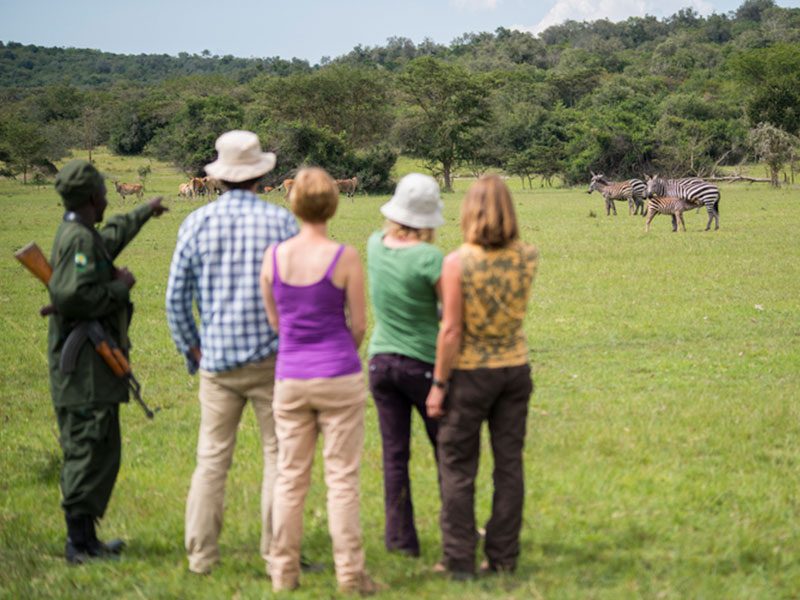
Accessibility to Lake Mburo National Park
The best time for general wildlife viewing is in the dryer seasons from June to August and December to January.
However, Lake Mburo National Park is still wonderful to visit in the wetter seasons from March to May and September to November.
Mburo is only accessible by road. Entebbe/Kampala’s journey takes about five to six hours; the journey to Buhoma, Bwindi is the same.
